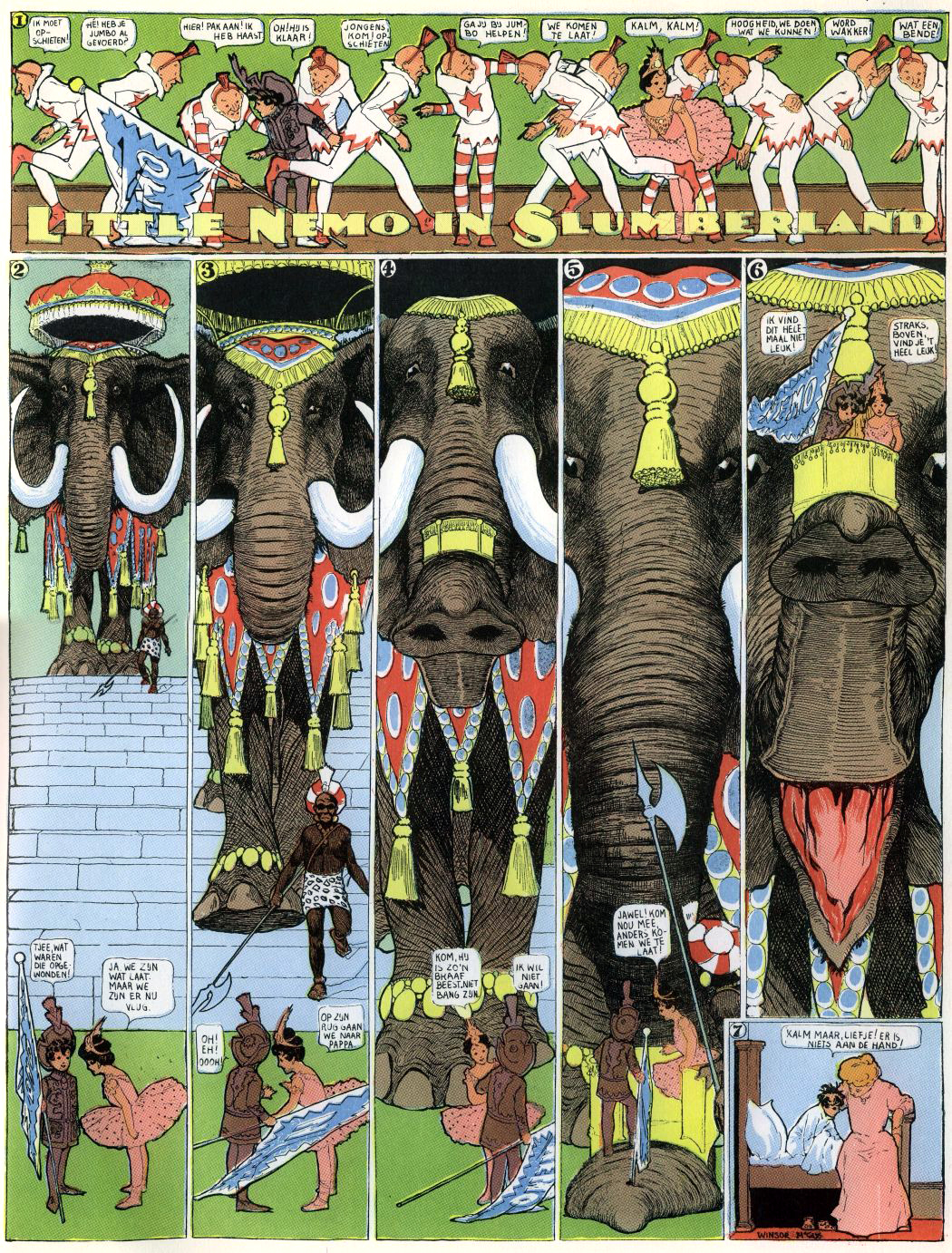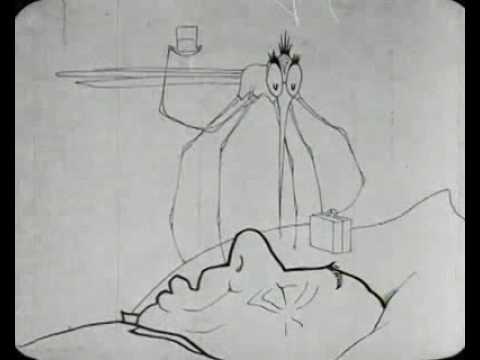The Fastidious Bow-tie Hand Drawn Animation from Sean Smith DeRizzio on Vimeo.
My Verdict:
At the start I was quite alright with the project, until I understood the process we had to undertake to make this fully hand drawn animation. I was dreading it for a while but once I got down to it I actually started to enjoy it.
As for the final outcome, I can honestly say I'm only satisfied with what I managed to do. It feels a bit frustrating having to use some still images in the animation but I simply had bad luck with this project and ran out of time. I know that without all the mistakes, mass restarts due to small errors escalating and illness for the majority of the project, I would have made a much better and fuller animation. Still I do feel it has its good points; I managed to get the whole story down and sync the animation to the music and I'm very pleased with the animation thats there. I've also learned a bunch of different techniques (through all the trial and error) of how to animate certain things from walk cycles to squash and stretch to animating using layers.




